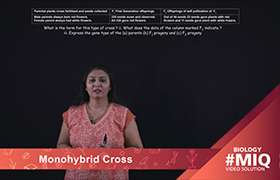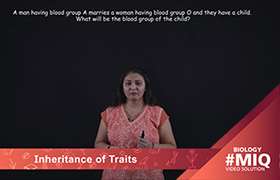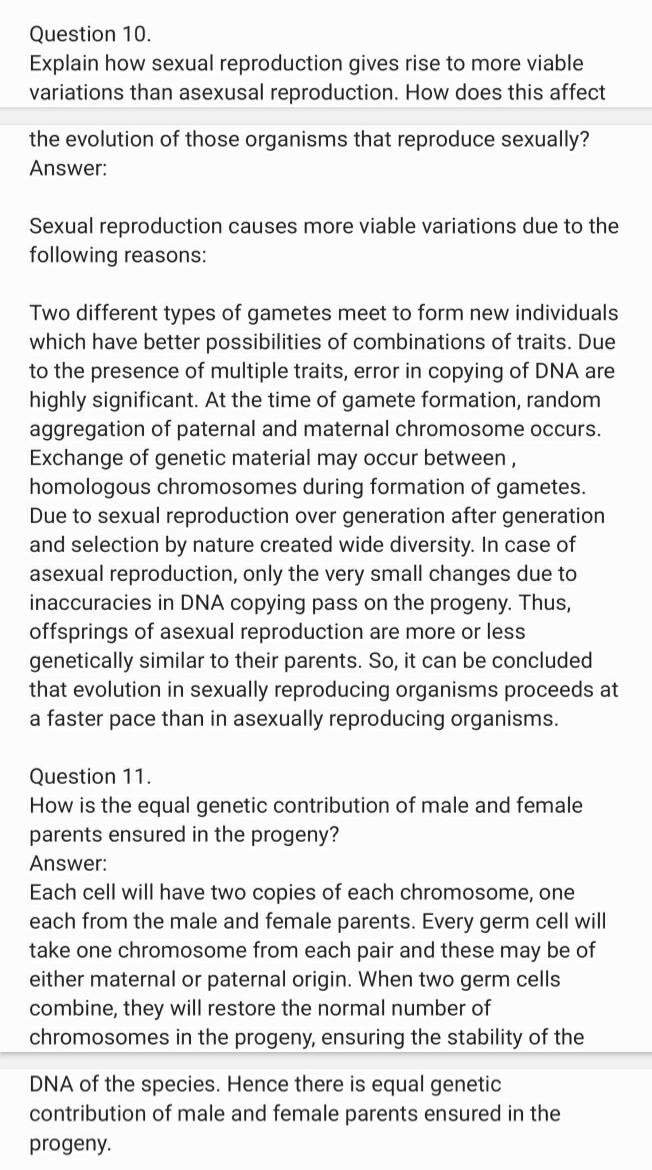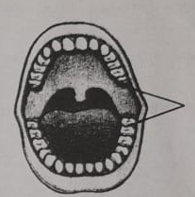CBSE Class 10 Answered
Hemophilia is a rare bleeding disorder in which your blood doesn't clot normally. The major signs and symptoms of hemophilia are excessive bleeding and easy bruising. People suffering from hemophilia may bleed for a longer time than others after an injury. They may also bleed internally, especially in knees, ankles, and elbows. This bleeding can damage the organs or tissues and may be life threatening
Hemophilia usually is inherited. This means that the disorder is passed from parents to children through the genes.
People born with hemophilia have little or no clotting factor. Clotting factor is a protein need for normal blood clotting.
There are two main types of hemophilia. If a person has hemophilia A, he is missing or have low levels of clotting factor VIII (8). About 9 out of 10 people who have hemophilia have type A. If a person has hemophilia B, he is missing or having low levels of clotting factor IX (9). Hemophilia A and B are classified as mild, moderate, or severe, depending on the amount of clotting factor VIII or IX in the blood.
Rarely, hemophilia can be acquired. This means that a person can develop it during his lifetime. This can happen if the body forms antibodies (proteins) to the clotting factors in the bloodstream. The antibodies can prevent the clotting factors from working.
A person who has inherited hemophilia is born with the condition. It's caused by a defect in one of the genes that determine how the body makes blood clotting factor VIII or IX. These genes are located on the X chromosomes.
Chromosomes come in pairs. Females have two X chromosomes, while males have one X and one Y chromosome. Only the X chromosome carries the genes related to clotting factors.
A male who has the abnormal gene on his X chromosome will have hemophilia. A female must have the abnormal gene on both of her X chromosomes to have hemophilia; this is very rare.
A female is a "carrier" of hemophilia if she has the abnormal gene on one of her
Very rarely, a girl is born with hemophilia. This can happen if her father has hemophilia and her mother is a carrier or has hemophilia.
It is of course also possible for a human to acquire hemophilia spontaneously through mutation, rather than inheriting it, because of a new mutation in one of their parents' gametes. Spontaneous mutations account for about 33% of all cases of haemophilia A. About 30% of cases of haemophilia B are the result of a spontaneous gene mutation.













